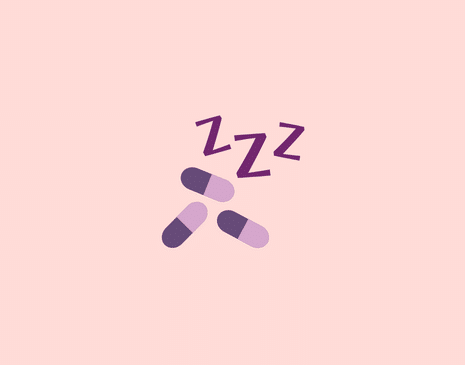Throughout time, thousands of drugs have been developed, yet only one has maintained the universal title of ‘The Pill’. Championed by activist, Margaret Sanger as a medical force to empower women with the freedom to avoid unplanned pregnancies, the impact the pill has had on the world is nothing short of monumental. Before the pill was developed into the 99-percent effective birth control we know today, contraception options were limited and often required partner consent. We have a lot to thank Margaret Sanger for, so bookmark that name in your brain as we take you through a brief history of the oral contraceptive pill.
1914: Armed with a revolutionary vision that women should fall pregnant on their terms, Margaret Sanger opened the first birth control clinic in Brooklyn, New York, alongside her sister, Ethel Byrne, and activist, Fania Mindell. Nine days later, police raided and shut down the clinic. The three women were charged with publicly sharing information related to birth control. In refusing to pay the fine, Sanger spent 30 days in jail where she educated inmates about birth control. Talk about staying true to the cause!
1921: Margaret Sanger founded the American Birth Control League; an organisation that promoted female empowerment through fertility control.
1923: The Birth Control Clinical Research Bureau was founded in Manhattan, New York, by our lady of the moment, Margaret Sanger. The purpose; to provide diaphragms and gather statistics on birth control effectiveness. Eventually, the Birth Control Clinical Research Bureau merged with the American Birth Control League to form Planned Parenthood, an American non-profit organisation centred on sexual health.
1948: Planned Parenthood awarded a small grant to biologists, Gregory Pincus, John Rock and M.C. Chang to lead the research into a birth control pill. Philanthropist and suffragist, Katharine McCormick became the lead financial sponsor after inheriting a decent chunk of the McCormick family fortune.
1949: Meanwhile, at a small lab in Mexico City, Dr Carl Djerassi synthesised a progestin called norethisterone (norethindrone) from a Mexican wild yam. Spoiler alert: this ingredient eventually became the key ingredient in the pill.
1956: The first large-scale human trial of the birth control pill took place in Puerto Rico. A pivotal step forward in the development of the pill, albeit at a price of ethicality. Testing was conducted on Puerto Rican women who weren’t aware they were taking part in the trial. At this stage, the pill contained hormone levels 20 times higher than the pills on the market today and resulted in harmful side effects of dizziness, cramps and vomiting.
1960: The pill was refined and approved by the FDA. Due to contraception being a topic of social, legal and political taboo, the pill was marketed as ‘cycle control’ rather than ‘pregnancy prevention’.
1961: The pill finally landed on Australian shores. For the first time, Australian women could separate sex from procreation, however, the pill was only available to married women and included a hefty 27.5% luxury tax.
1972: The women’s movement was in full effect. Influenced by publications like the Birth Control Handbook, empowered women began to take control of their health and future. In 1972, Gough Whitlam removed the 27.5% luxury tax on the pill in Australia. This move brought the cost of the pill down to one Australian dollar (if only this was still the case).
1980s: The choice of birth control expanded with new doses, new progestins, and multifunctioning pills. Family planning became a normal phase of life and birth control clinics were abundant.
1990s: The Economist nominated the birth control pill as one of the Seven Wonders of the Modern World.
2019: With 151-million users, the oral contraceptive pill proves to be the third most popular contraceptive method worldwide. That’s precisely 151-million women who owe thanks to Margaret Sanger’s brainchild.
Bravo, Margaret Sanger, we wholeheartedly salute you.







